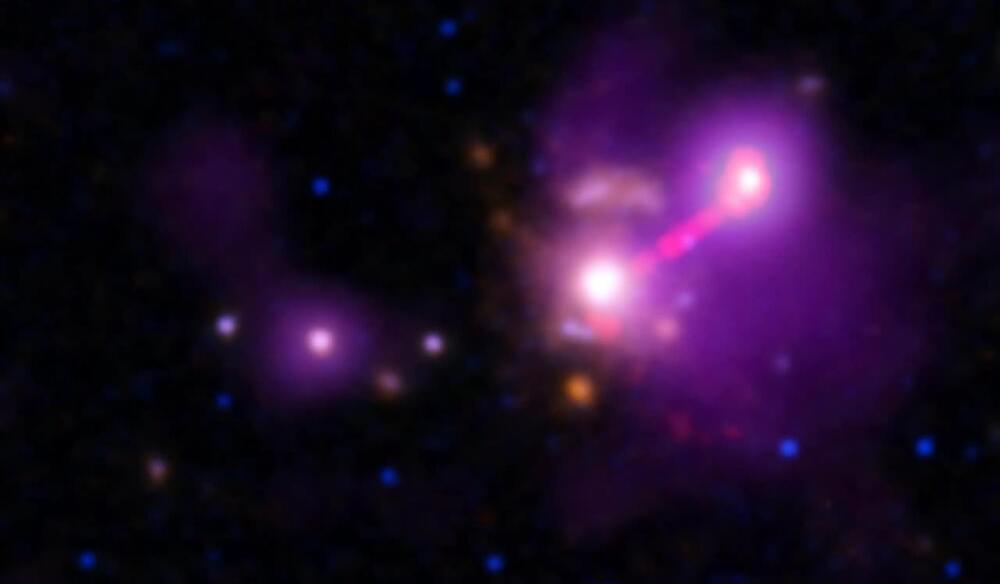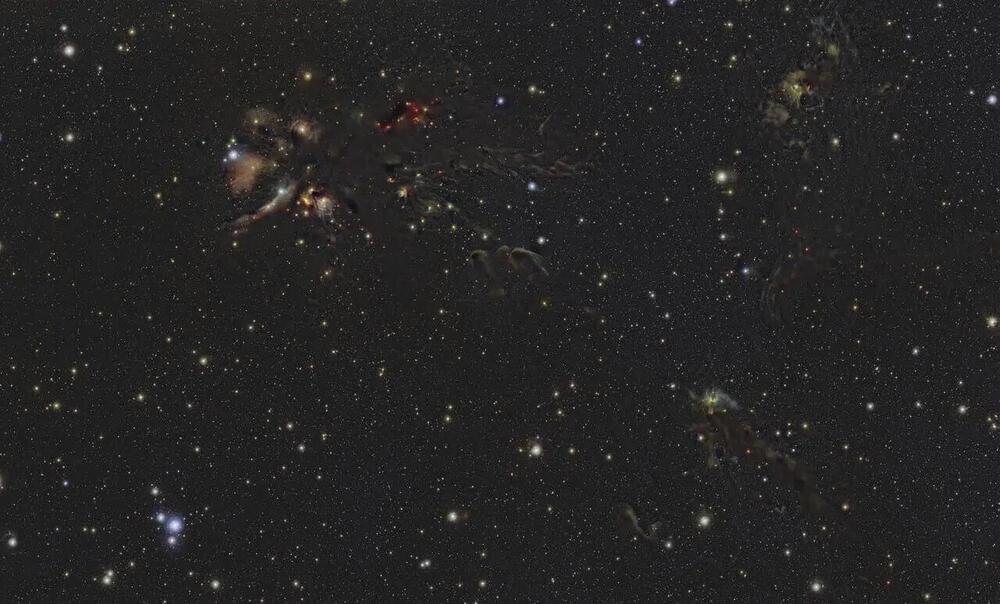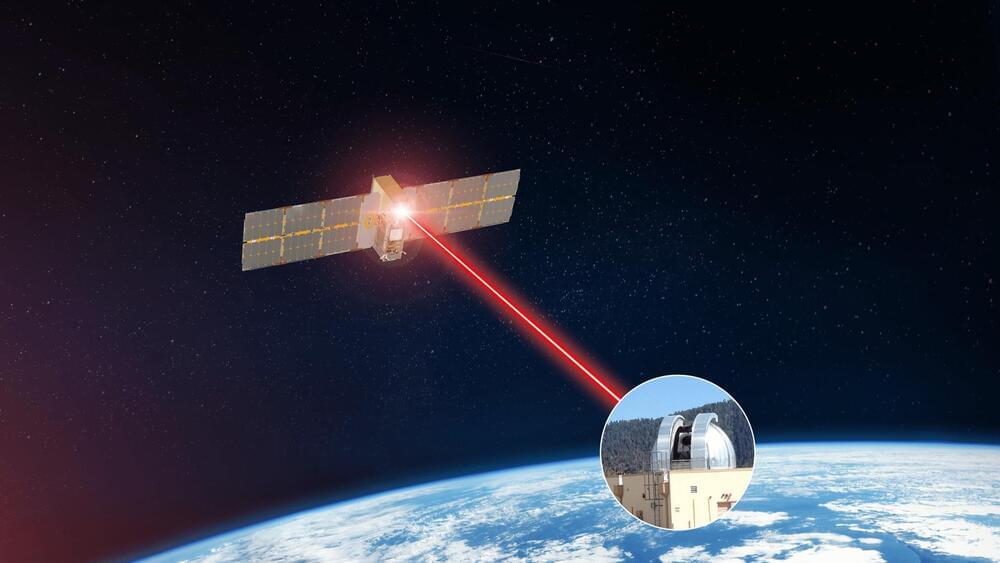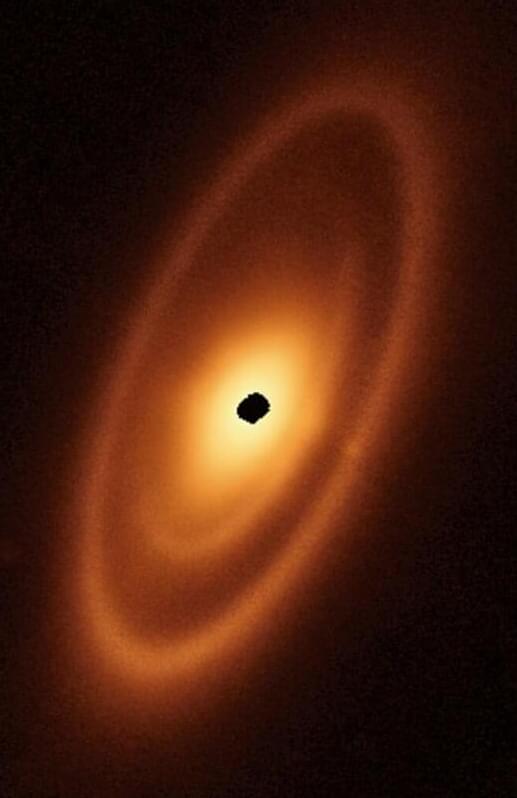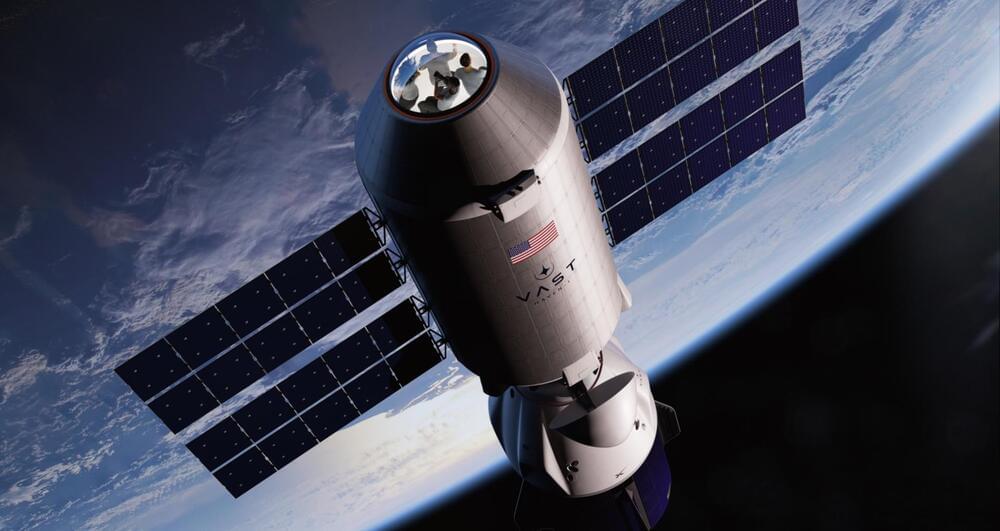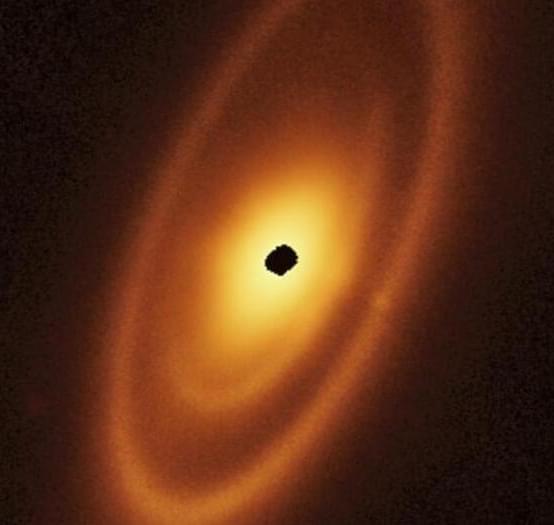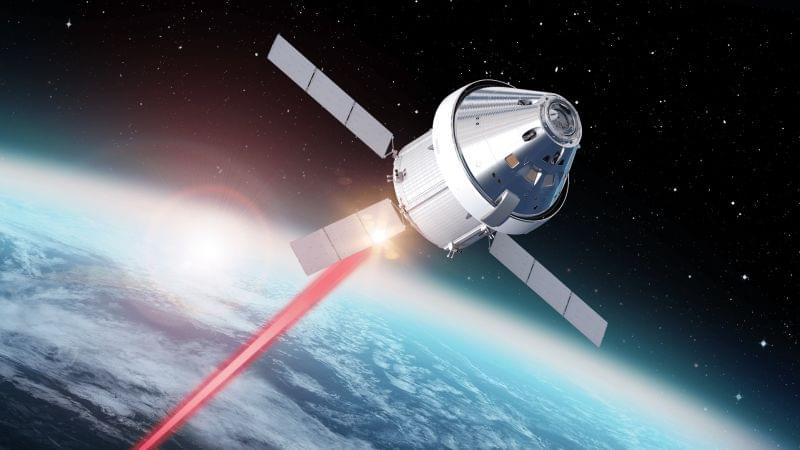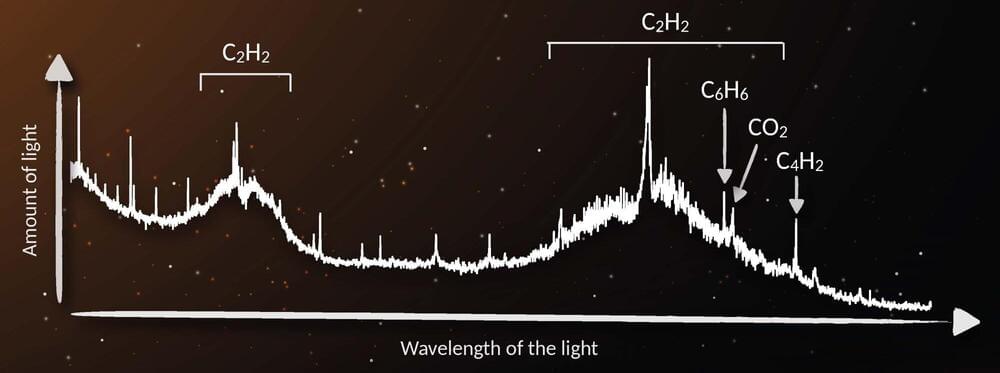
An international team of astronomers including several Dutch researchers has observed, for the first time, the benzene molecule (C6H6) in a planet-forming disk around a young star. Besides benzene, they saw many other, smaller carbon compounds and few oxygen-rich molecules. The observations suggest that, like our own Earth, the rocky planets forming in this disk contain relatively little carbon. The scientists published their findings in the journal Nature Astronomy.
The researchers studied the young, small star J160532 (one tenth of the mass of our sun) some 500 light years away from us towards the constellation Scorpio. Around such small young stars, many rocky planets similar to Earth form, in disks made of gas and dust. Until now, it has been difficult to study molecules in the warm inner part of these disks where the majority of planets form due to the limited sensitivity and spectral resolution of previous observatories.
For their research, the scientists used data from the MIRI spectrometer aboard the James Webb Space Telescope. MIRI can see right through dust clouds and is particularly well suited to measure hot gas in inner disks. The main optics of the MIRI spectrometer were designed and built by the Netherlands Research School for Astronomy (NOVA).
